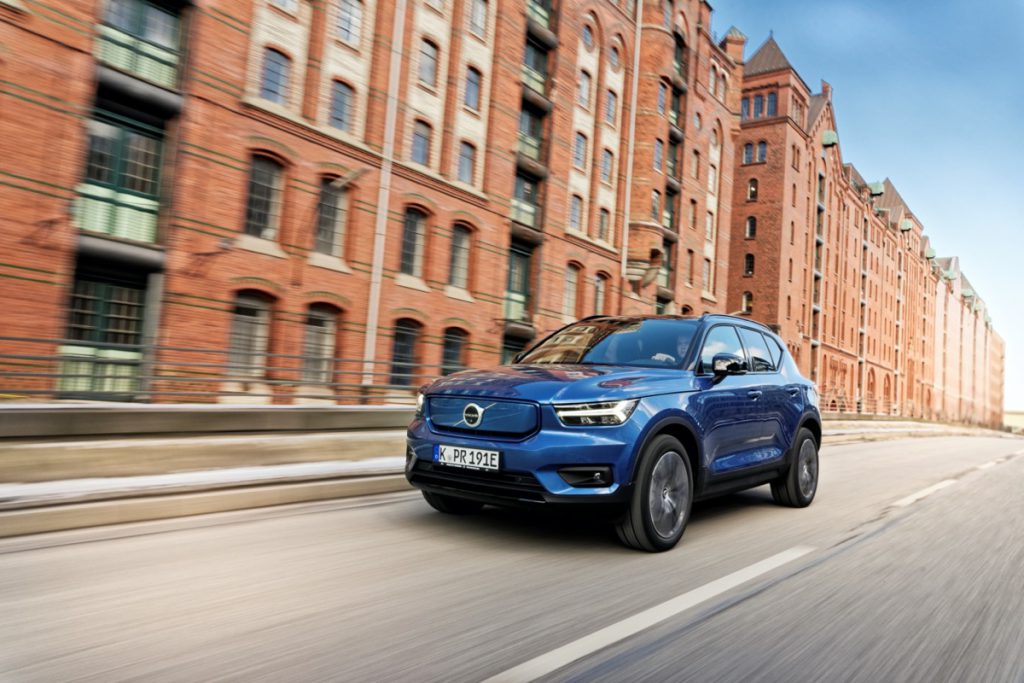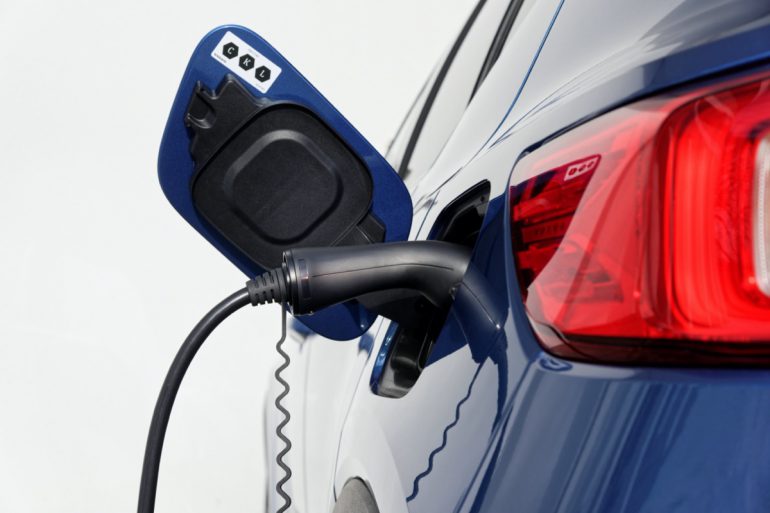After how many kilometres driven is an electric car ecologically more favourable than a combustion engine? At the beginning of December last year, two panellists on the popular Sunday regulars’ table on Bavarian television thought they could give a clear answer to this question. A former ski star claimed that electric cars are completely insane for reasons of sustainability alone, since it takes 150,000 kilometres of driving before the ecological “rucksack” has been reduced, especially due to the energy-intensive production of batteries. A former car manager added to this statement by pointing out that this value only applies to smaller e-models, but that 200,000 kilometres should be used for larger ones. Unfortunately, the other participants in the round were less knowledgeable in this regard, so that no one was found who wanted to add to the values mentioned. True to the motto “Who offers more?
Are such statements completely made up out of thin air, interest-driven and based on older, long-outdated calculations, or do they reflect the bitter and uncomfortable truth about the poor eco-balance of „electric cars“?
The fact is that there are countless more or less serious studies on this subject, ranging from 20 000 to 180 000 kilometres, with more recent calculations usually in a range between 30 000 and 50 000 kilometres.
Volvo focuses on transparency through life cycle analysis
Although manufacturers of all-electric cars claim 0 g CO2 emissions per 100 km in their advertisements, everyone knows that this is at best only half the truth. As the first brand
Volvo is now taking the lead and putting such statements into perspective with the help of a life cycle analysis (LCA) by the Volvo Sustainability Centre, a department of the company’s own research and development centre. Even if the industry’s own studies should always be viewed with a certain degree of scepticism, the Swedish brand with a Chinese parent company provides a comprehensible approach that at least gives an indication of the approximate range of the „rucksack values“. And this for an SUV with 400 hp, which by no means can pass for a small or medium-sized Stromer.
Of course, it is obvious that electric vehicles are not completely emission-free. This is because the charged electricity causes more or less high CO2 emissions, depending on the type of generation. These also occur in vehicle production and in the use and processing of certain materials. It is not only the lithium-ion batteries that have an impact on the eco-balance of electric vehicles, but also the increased use of aluminium, for example for the safety cage of the high-voltage battery.

The environmental performance of the Volvo XC40 Recharge
The environmental performance of the Volvo XC40 Recharge
In the standardised analysis, Volvo researchers look at every component of the new all-electric Volvo XC40 and examine how the vehicle affects the environment over its entire life cycle – from the extraction of raw materials, the logistics chain, production and assembly, the use phase and the recycling of the materials used.
The result: the XC40 Recharge P8 AWD rolls off the production line with a comparatively large CO2 footprint: production is more energy-intensive than for conventionally powered models. As a result, the combustion-engine variant produces almost 40 percent fewer emissions in production than the all-electric variants. In particular, the high-performance lithium-ion battery modules and their cathode and anode materials as well as the enclosing aluminium housing have an impact here.
From 47,000 km mileage less CO2 than petrol counterpart
During use, however, the electric car gradually works up its negative balance. If the charged electricity comes exclusively from renewable sources such as wind and solar power, where only low emissions are produced in the manufacture of the wind turbines and solar panels, the Volvo XC40 Recharge P8 AWD emits less CO2 than its petrol counterpart already after a mileage of 47,000 kilometres. The result: over the course of their lifetime, electric vehicles emit significantly less CO2 than combustion models. Even with the assumed least favourable electricity mix, which is largely based on fossil fuels, the CO2 balance of Volvo’s first electric car is better than that of comparable petrol cars.
Ambitious goals
Over the entire life cycle, the CO2 footprint of each Volvo model will be reduced by 40 per cent by 2025 compared to 2018 levels – a first important step towards becoming a fully carbon neutral company by 2040. This ambition goes beyond direct vehicle emissions: the company will also reduce CO2 emissions within its production network, business operations and supply chain, and also through recycling and reuse of materials. It will be interesting to see how Volvo intends to achieve its ambitious targets. One important step could be to increasingly include smaller, efficient e-models in the product portfolio in the future.


